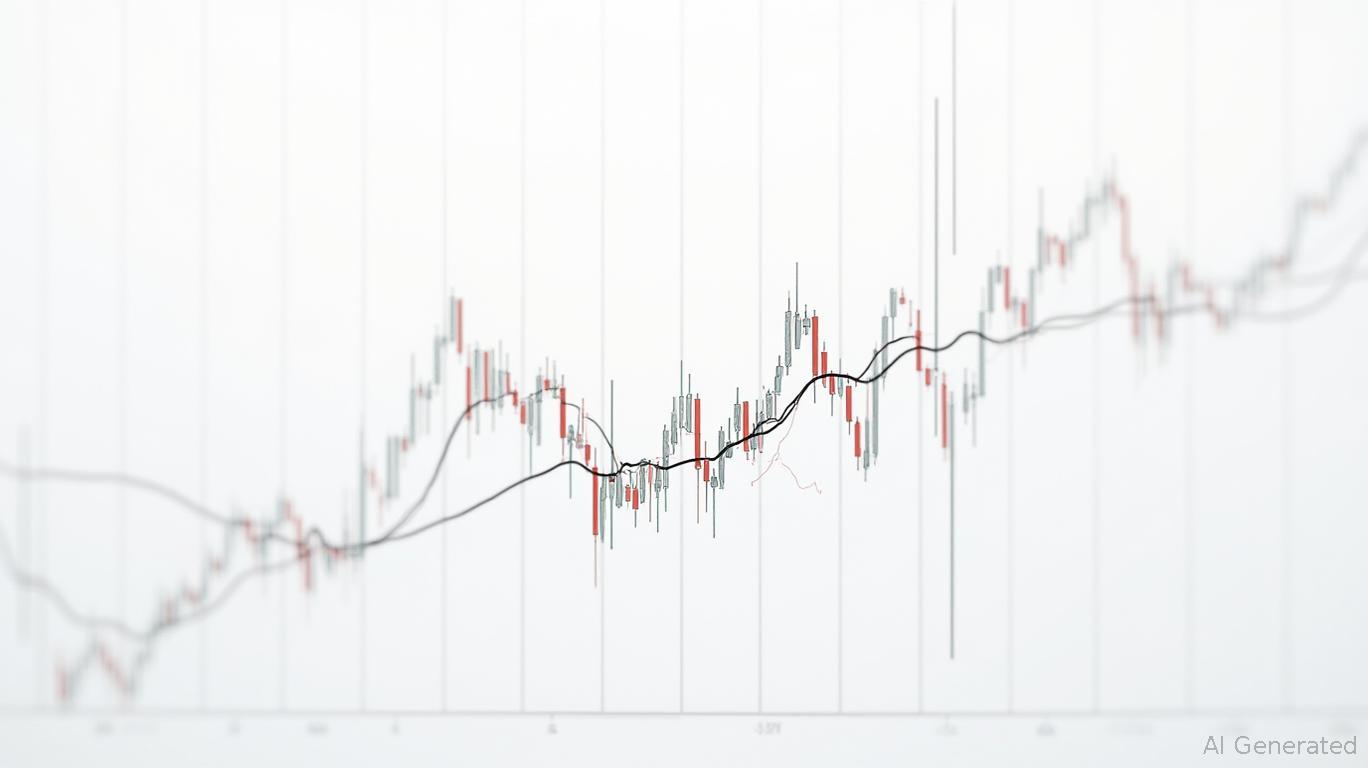Leveraged ETFs in Volatile Markets: UWM's Tiny Dividend and the Case for RB's Buffer Strategy
In a market where volatility has become the norm, investors face a stark choice: embrace the high-octane returns of leveraged ETFs like ProShares Ultra Russell2000 (UWM), or prioritize capital preservation with risk-mitigation tools such as the Russell 2000 Dynamic Buffer ETF (RB). Recent developments in UWM's dividend payouts underscore the delicate balance between reward and risk in leveraged products, while RB's design highlights an alternative approach to navigating turbulence. Let's dissect the implications for investors.

UWM's $0.0181 Dividend: A Glimpse into Leveraged ETF Challenges
ProShares Ultra Russell2000 (UWM) is a 2x leveraged ETF designed to deliver twice the daily performance of the Russell 2000 index. Its recent dividend distribution of $0.0181 per share on June 24, 2025, marks a stark contrast to its 2024 payouts, which reached as high as $0.183 in December. This decline reflects the fund's structural limitations:
- Compounding Tiny Payouts vs. Leverage Decay:
While dividends might seem positive, UWM's tiny distributions pale against the fund's inherent risks. Leveraged ETFs reset daily, meaning their performance compounds multiplicatively. Even if the Russell 2000 ends flat over a period, UWM's 2x leverage can lead to losses due to volatility decay. For example, if the index fluctuates widely but ends unchanged, UWM's cumulative return could still be negative. Small dividends here offer little solace.
- Short-Term Focus Required:
UWM's suitability hinges on short-term trading discipline. Investors holding it for more than a few days risk exposure to leverage decay, which erodes returns over time. The fund's March 2025 dividend of $0.082 and June's $0.0181 highlight how payouts shrink as volatility rises—a sign that even modest market swings can strain its structure.
The RB ETF: A Buffer Against Volatility
In contrast, the Russell 2000 Dynamic Buffer ETF (RB) employs a daily buffer mechanism to absorb losses and cap upside gains dynamically. Its design offers critical advantages in volatile markets:
Daily Reset, No Outcome Periods:
Unlike static buffer ETFs requiring a 12-month hold, RB adjusts its buffer (up to 5%) and upside cap (proportional to volatility) daily. This means investors aren't penalized for entering or exiting mid-cycle. During the 2020 crash, when the VIX spiked to 70, RB's buffer likely shielded investors from the first 5% of daily losses, a feature that static ETFs couldn't match.Proven Resilience in Crises:
Historical data shows RB's buffer worked as intended during the 2020 crash and 2022 inflation-driven downturn. Morningstar's analysis confirmed that defined-outcome ETFs like RB delivered advertised outcomes, outperforming passive strategies in volatile environments.
Strategic Considerations for Investors
- UWM: A High-Risk, High-Adrenaline Option:
- Ideal For: Aggressive traders with the ability to monitor markets daily and rebalance positions to counter leverage decay.
- Red Flags: Compounding small dividends won't offset long-term losses caused by volatility. Holding UWM beyond a few days requires active management.
- Focus on short-term volatility spikes (e.g., earnings events, Fed decisions). Historically, buying UWM on Federal Reserve rate decision days and holding until the next meeting or 30 days yielded an average return of 1.68%, with a maximum drawdown of -6.58%. Over the 2020–2025 period, this strategy generated an 11.77% total return, though it required strict adherence to exit rules to avoid prolonged losses.
- RB: The Conservative Investor's Shield:
- Ideal For: Long-term investors seeking equity exposure with downside protection. Its buffer reduces sequence-of-returns risk, making it suitable for retirement portfolios.
- Trade-Off: Capped upside means RB won't match UWM's gains in bull markets, but it avoids catastrophic losses.
Investment Advice: Prioritize Time Horizon and Risk Tolerance
- For UWM: Only consider it if you can:
- Trade actively, rebalancing weekly to mitigate leverage decay.
- Accept that dividends are incidental and won't offset structural risks.
Focus on short-term volatility spikes (e.g., earnings events, Fed decisions).
For RB: Opt if you:
- Prioritize capital preservation over aggressive returns.
- Can tolerate capped upside for reduced downside exposure.
- Need a tool to smooth portfolio returns during prolonged volatility.
Final Caution: Leverage's Invisible Tax
Leveraged ETFs like UWM are mathematical traps for buy-and-hold investors. Over time, even flat markets lead to losses due to daily resets. The $0.0181 dividend is a reminder that UWM's design prioritizes short-term momentum, not income or long-term growth. For most, RB's buffer offers a better balance of risk and reward in today's uncertain markets.
In a world where volatility is the default, investors must choose: chase the adrenaline of UWM's 2x leverage—or armor their portfolios with RB's daily buffer. The answer lies in how much risk you can stomach, and how long you plan to hold.
Nick Timiraos
June 19, 2025

Comments
No comments yet